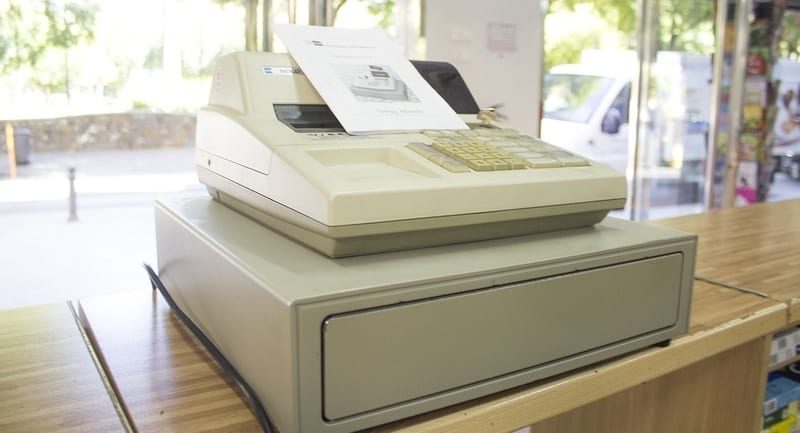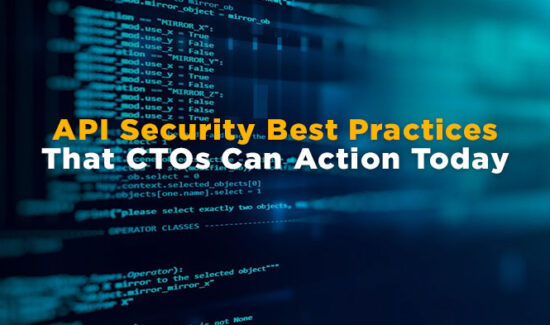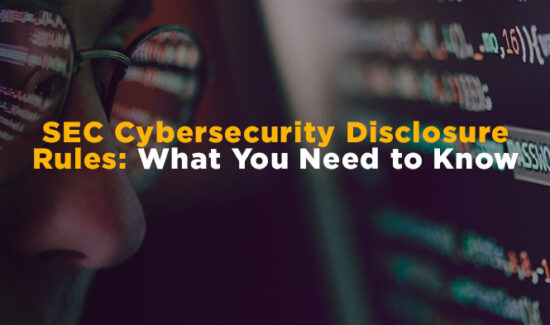The Top PCI DSS Compliance Failures (With AlienVault)


What are the top PCI DSS compliance failures your enterprise may yet face? How can your enterprise avoid them?
Here’s what you need to know, based on the “Top 10 PCI DSS Pitfalls and How to Avoid Them” whitepaper by AlienVault.
PCI DSS Compliance Background
The Payment Card Industry Data Security Standard (PCI DSS) is one of the most important regulations retail-based and consumer-facing enterprises must follow in the era of modern cybersecurity. The reason why is simple: PCI DSS stipulates the proper processing, storage, and transfer of credit card data—a vital component of all online transactions.
PCI DSS compliance, as determined by the PCI Security Standards Council, consists of three deceptively simple main parts:
- Assessing business processes involving credit card data and checking them for potential vulnerabilities.
- Eliminating detected vulnerabilities and avoiding credit card storage whenever possible.
- Compiling and submitting required compliance reports.
However, compliance rarely is quite as simple as it appears. Each individual payment brand, such as Visa and Mastercard, evaluate and enforce PCI DSS compliance differently. Each may also have different compliance validation levels with which your enterprise must comply. Additionally, proper PCI DSS compliance requires a thorough understanding of how credit card payment data is processed and moved throughout your network—not always a guarantee.
The Consequences of PCI DSS Compliance Failures
The consequences of PCI DSS compliance failures include the typical and expected consequences for failing to meet regulatory, such as loss of consumer confidence, loss of sales, and the legal costs of resolving subsequent lawsuits. However, PCI DSS compliance failures have unique consequences such as the losses from customer fraud and the termination of payment card acceptance privileges by major providers.
Obviously, this could spell disaster for your online business and for your customers’ experience—hurting your enterprise even more over the long term.
Top PCI DSS Compliance Failures
In order to avoid a PCI DSS compliance failures, you have to know what behaviors and vulnerabilities to protect against.
Here are a few of the top PCI DSS compliance failures your enterprise could face, according to AlienVault:
Failing to Patch your Systems
Failing to patch your network system for security vulnerabilities is one of the most common cybersecurity mistakes enterprises make in the modern era of the data vulnerability. PCI DSS compliance failures will follow in the wake of an unpatched system.
Moreover, PCI DSS compliance rules stipulate networks handling credit card payment data must be patched regularly. For example, critical security patches must be installed within a month of release according to the mandates.
To alleviate this problem, patch your assets and applications regularly, automatically scheduling them if necessary. SIEM can help your enterprise monitor for potential security holes.
Failing to Shut Down Third-Party Vendor Remote Access After Use
One of the other major sources of enterprise data vulnerabilities and PCI DSS compliance failures stem from third parties being granted access and that access never being rescinded. Always take the time to terminate access when the third-party’s activity is finished. Better yet, schedule the access to revoke automatically after a set period of time.
Additionally, SIEM alerts can be tailored to alert to suspicious third-party activity.
To find out more about the top PCI DSS compliance failures and how to avoid them, download the “Top 10 PCI DSS Pitfalls and How to Avoid Them” whitepaper courtesy of AlienVault.
Widget not in any sidebars























